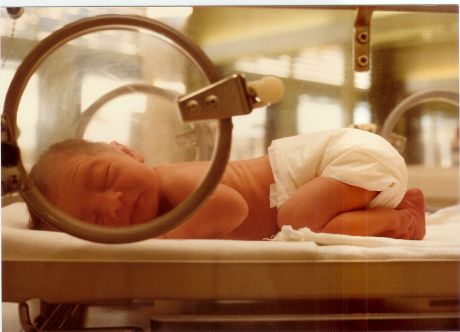Better neonatal brain monitoring techniques in the healthcare sector could significantly improve patient outcomes and reduce associated healthcare costs, especially in the long-term. The three-year EU-funded BRADIMO (Brain diagnostics and monitoring in early neonatal period (BraDiMo)) project aimed to improve neonatal research project development and gain expertise in research commercialisation.
Project researchers have set up Finland’s first ever clinical research centre for 'baby brain activity' – the
BABA center. Directly supported by the Children's Hospital of Helsinki University Central Hospital, it has already gained international reputation.
BRADIMO also funded training at the largest neonatal research centre in Australia called Perinatal Research Center (PRC) followed by a year at the host institute in Finland. The initiative incorporates invaluable skills in neonatal research methodology and research commercialisation.
During the first two years, the scientists participated in large animal research on preterm and term piglet models. The team also merged EEG and functional magnetic resonance imaging to perform the first-of-its-kind phantom study with real size neonatal models. This paves the way for future recording of real human babies.
During an extension to the project where BRADIMO researchers collaborated with a lab in the Queensland Institute of Medical Research, the scientists applied advanced mathematical concepts of scale-free system behaviour to data. Analysis revealed novel markers to diagnose, monitor and treat neonates with birth asphyxia.
The work has been published in five high class journals and has carved out a new pathway in computational neuroscience signal analysis. Further research will no doubt produce breakthrough results such as first-day biomarkers collected from routine EEG signals for preterm brains.
Collaborations with academia and industry provided practical expertise in research commercialisation and intellectual property protection. Project activities have facilitated skills and knowledge development to promote international research on neonatal brain studies.
Altogether the final year saw 14 publications published in high ranking neuroscience journals. Another 10 to15 papers are being submitted to comparable high profile journals in the coming year.

